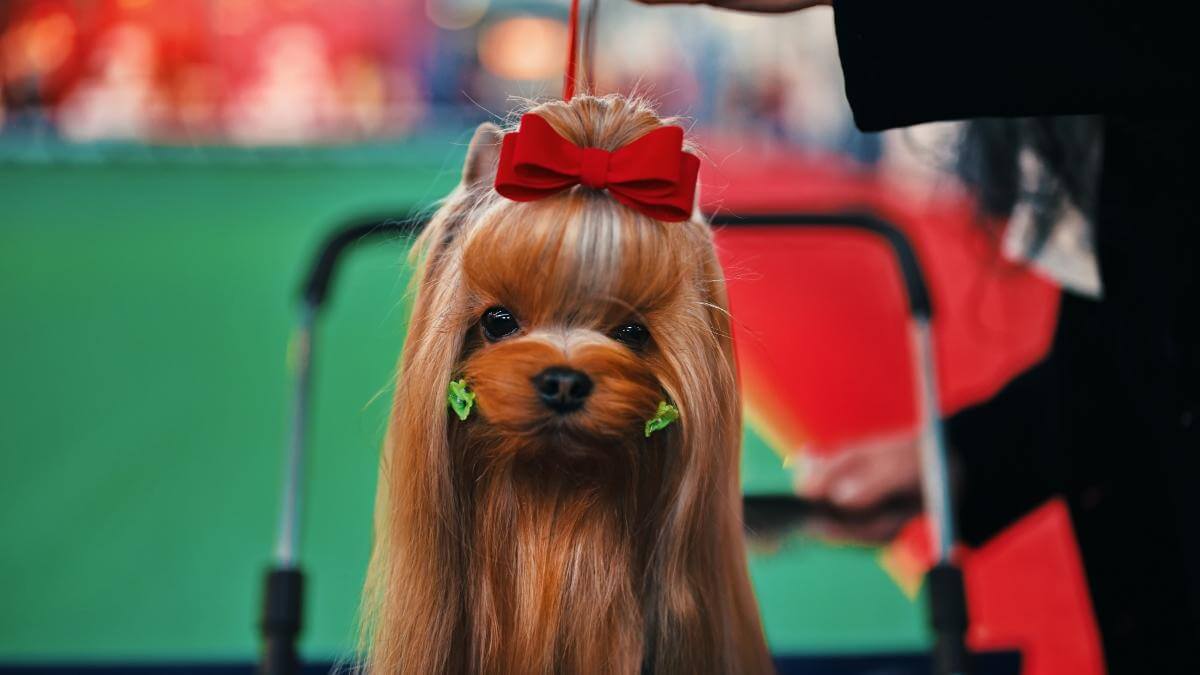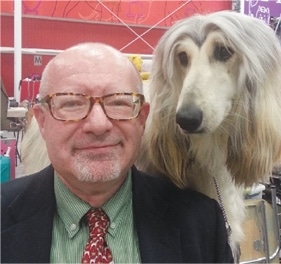
Home » Is There Room in Our Sport for “Preservation Exhibitors?”

Every time a new exhibitor asks why spayed/neutered dogs cannot be shown in AKC Conformation, the predictable torrent of replies rains down on them in Facebook groups, reminding us all that dog shows were originally developed to evaluate breeding stock. True enough. Many of us still think of breeding, showing, and judging dogs in that fundamental light, show dog magazine point systems notwithstanding. We also know the physical changes that happen to dogs once they are spayed/neutered; coats change texture, hair grows in unwanted places, and owners resort to trimming, even when doing so violates the Breed Standard.
As a breeder-exhibitor of two coated breeds, I would never want to show a spayed/neutered animal competitively, and as a judge, I have no desire to evaluate spayed/neutered exhibits which have been groomed in ways that defy the Standard.
However, we also have enthusiastic exhibitors who love showing their dogs and have no interest in spaying/neutering them, but are subjected to constant nagging by fellow exhibitors who believe it is our collective duty to breed every show dog. The “preservation breeder” mantra has been fully adopted in the sport, and in light of some unexpected breeds turning up on the AKC’s low-entry list in recent years, together with the commercial producers of “designer crosses” preying on the gullible public, great pressure is placed on all exhibitors to demonstrate their commitment by breeding litters.
The truth is, not all exhibitors have the time or facilities to breed dogs, nor should they be bullied for their circumstances. Even if the nagging is well-intentioned, it can backfire and cause great exhibitors to stop showing because they hate being hassled every weekend by the breeder-zealots.
Ironically, many of our famous backers of the past, revered names in the sport, who passionately promoted great show dogs of many breeds by financing national campaigns, themselves often lived in New York City penthouses and did no breeding. The dogs were typically returned to their breeders or retired at their handlers’ kennels after their show careers were over, to prove their worth in the whelping box or to stand at stud. Today’s successful exhibitors, who love the thrill of owner-handling their dogs but lead busy professional lives in big cities that preclude them from breeding, are just as important to the sport as the aforementioned backers of yesteryear.
I know several exhibitors in a few uncommon breeds whose dogs did not pass their health clearances. Beyond disappointment, the news left them feeling truly conflicted. On the one hand, their breeders lost interest in the dogs, knowing they wouldn’t want them back to breed. On the other hand, the owner-exhibitors had done significant winning with these dogs and didn’t want the fun to stop. When asked for my opinion, I told them to keep showing. The dogs were superior examples of their respective breeds, were often seen on televised dog shows (on AKC.tv and elsewhere) and provided much-needed exposure to the public. The exhibitors and their dogs were making a great contribution to their breeds. These exhibitors had also turned into great dog people, joining their parent clubs, volunteering to staff Meet the Breed booths, and donating to their national specialties’ trophy funds every year. It would be short-sighted indeed to alienate these enthusiastic participants because they themselves were not in a position to buy a second or third breedable dog and raise a litter. To have them refrain from showing could mean having no representative of their breed, or one of lesser quality, seen at a widely viewed, televised show, as well as potentially losing valuable exhibitors.
Exhibitors who passionately show their dogs certainly understand the concept of preservation breeding, and can probably help spread the message far and wide. I venture to say, most would be amenable to allowing their co-owner or breeder to take the dog back for a litter, if they were approached in a friendly, non-confrontational manner, and, of course, if health-testing results were acceptable.
Preservation breeding takes a village, with all parties contributing what they can to help a breed flourish. Let’s keep that message in mind as we kindly encourage those who are able to breed well-planned litters.
